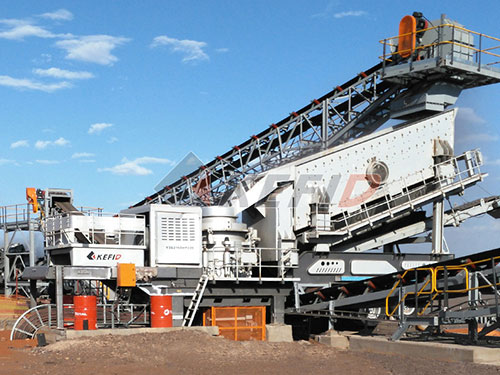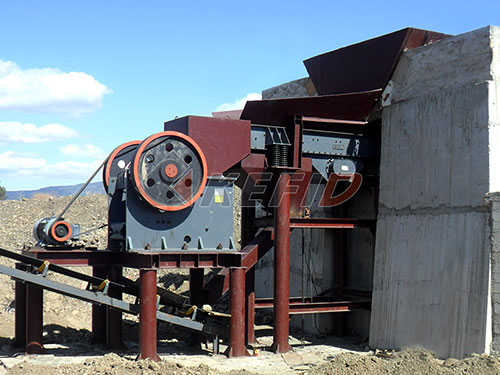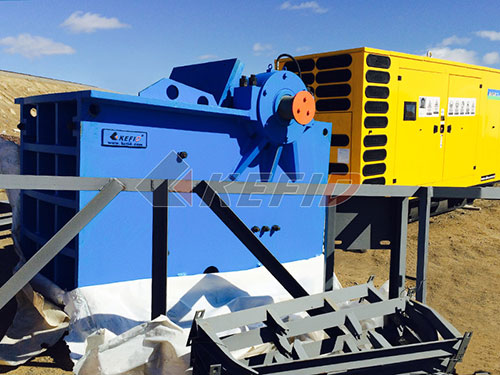China Made Crushing and Grinding Machinery: Powering Global Infrastructure with Engineered Excellence
The relentless pulse of global development – from towering skyscrapers to sprawling highways, from life-saving pharmaceuticals to the electronics defining our age – relies fundamentally on the transformation of raw materials into usable forms. At the heart of this transformation lies an often-overlooked but utterly indispensable sector: crushing and grinding machinery. And within this critical industrial domain, China has emerged not merely as a participant, but as a dominant global force, driving innovation, setting production benchmarks, and supplying robust equipment that shapes industries worldwide.

From Import Dependence to Export Powerhouse: A Remarkable Journey
China’s ascent in crushing and grinding machinery is a narrative of strategic development spanning decades. Historically reliant on imported technology from Europe, North America, and Japan during its initial industrialization phases post-1949 and accelerating after reform policies began in the late 1970s/early 1980s, China embarked on a deliberate path of technological assimilation and indigenous innovation.
factors fueled this rise:

1. Massive Domestic Demand: China’s unprecedented urbanization boom starting in the 1990s created an insatiable appetite for construction aggregates (sand and gravel). Simultaneously, rapid industrialization demanded processed minerals for metals manufacturing (iron ore, copper), chemicals (phosphate rock), energy production (coal pulverization), cement production (limestone crushing/grinding), ceramics processing (feldspar milling) – essentially every foundational sector required efficient size reduction equipment.
2. Government Strategic Focus: Recognizing the strategic importance of heavy machinery for national infrastructure development goals outlined in successive Five-Year Plans as well as self-reliance objectives (“Made in China 2025”), significant investments were channeled into state-owned enterprises (SOEs) initially focused on mining equipment.
3. Private Sector Dynamism: Alongside SOEs like CITIC Heavy Industries Co., Ltd., which absorbed foreign technology through joint ventures early on while building substantial R&D capabilities internally over time; a vibrant ecosystem of private manufacturers emerged rapidly beginning in the late 1990s/early 2000s such as SBM Machinery (Shanghai Shibang), Liming Heavy Industry (Henan Liming Road & Bridge Heavy Industry Co., Ltd.), SANYYO Group combining engineering expertise with flexible manufacturing approaches tailored toward specific market niches including small-scale mining operations or specialized material processing needs.
4. Cost Competitiveness & Scale: Leveraging extensive supply chains across regions like Shanghai/Jiang

Leave a Reply